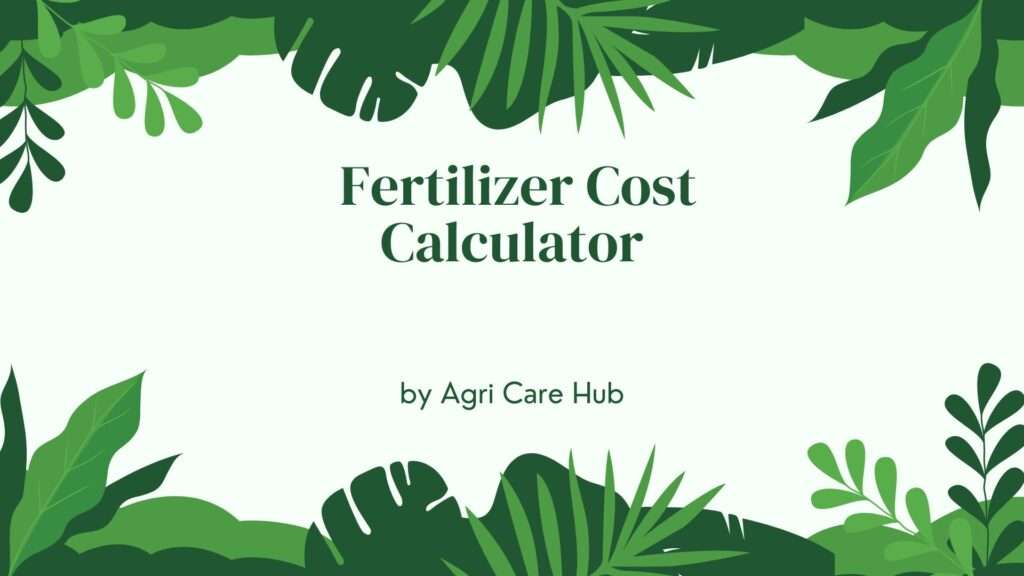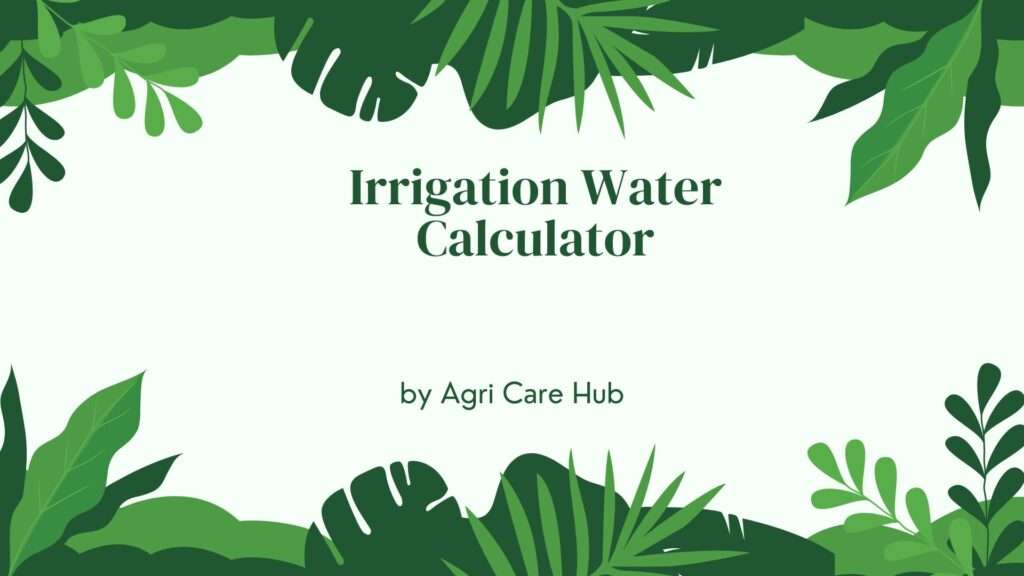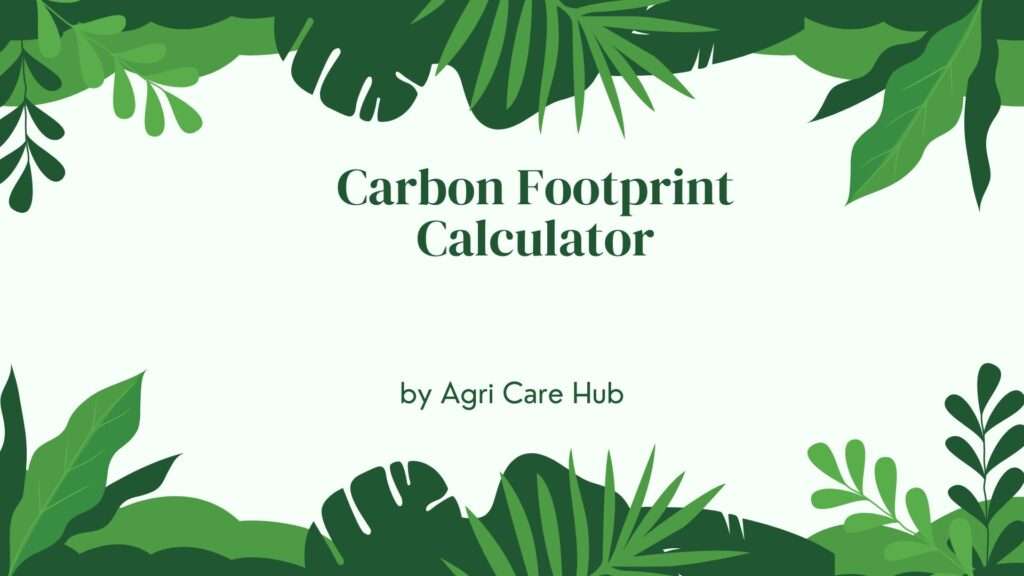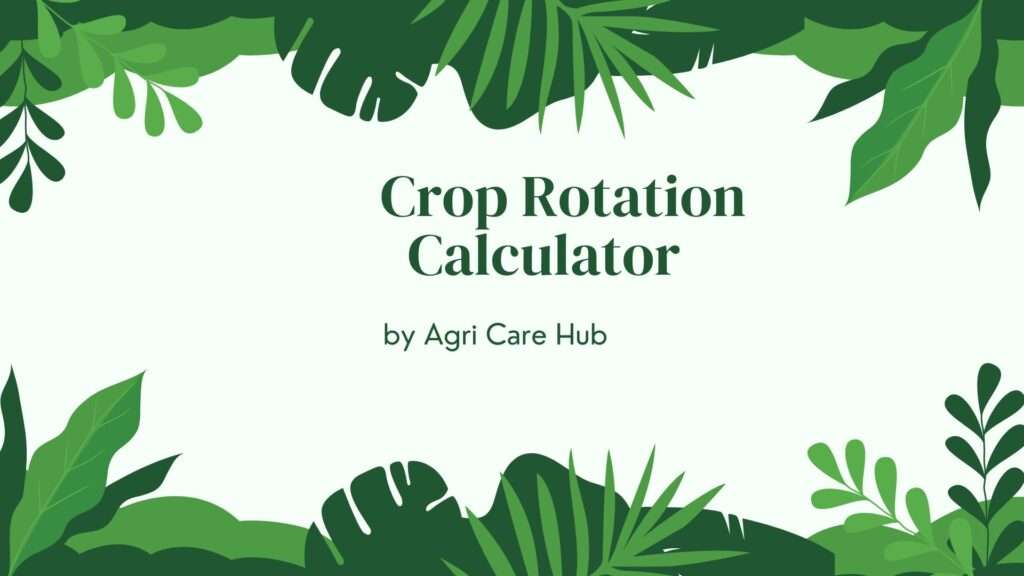Soil Nutrient Retention Rate Calculator
Calculate Soil Nutrient Retention Rate
About the Soil Nutrient Retention Rate Calculator
The Soil Nutrient Retention Rate Calculator is a scientifically designed tool to help farmers, agronomists, and soil scientists assess how effectively soil retains essential nutrients like nitrogen, phosphorus, and potassium. By inputting key soil parameters, such as soil type, cation exchange capacity (CEC), organic matter content, and nutrient input, this calculator provides an accurate estimate of the soil’s nutrient retention rate. This tool, developed with data from peer-reviewed sources like Soil Nutrient Retention Rate, ensures reliable results for optimizing agricultural practices.
Importance of the Soil Nutrient Retention Rate Calculator
Soil nutrient retention is critical for sustainable agriculture. The ability of soil to retain nutrients directly impacts crop productivity, environmental sustainability, and economic efficiency. Poor nutrient retention can lead to nutrient leaching, which pollutes groundwater and reduces fertilizer efficiency. By using the Soil Nutrient Retention Rate Calculator, users can make informed decisions about fertilizer application, soil amendments, and crop management. This tool empowers farmers to enhance soil health, reduce environmental impact, and increase crop yields. For more resources on sustainable farming, visit Agri Care Hub.
User Guidelines
To use the Soil Nutrient Retention Rate Calculator effectively, follow these steps:
- Select Soil Type: Choose the soil type (sandy, loamy, clay, or silt) based on your soil analysis.
- Enter Cation Exchange Capacity (CEC): Input the CEC value in meq/100g, typically obtained from a soil test.
- Input Organic Matter Percentage: Provide the organic matter content as a percentage, also from a soil test.
- Specify Nutrient Input: Enter the amount of nutrient applied (in kg/ha) for the calculation.
- Click Calculate: The tool will compute the nutrient retention rate and display the results.
Ensure all inputs are accurate, as the calculator relies on precise data to deliver reliable results. If you’re unsure about your soil’s properties, consult a local agricultural extension service or soil testing laboratory.
When and Why You Should Use the Soil Nutrient Retention Rate Calculator
The Soil Nutrient Retention Rate Calculator is invaluable in several scenarios:
- Pre-Planting Planning: Use the calculator before planting to determine how much fertilizer your soil can retain, optimizing application rates.
- Soil Health Assessment: Evaluate the nutrient-holding capacity of your soil to identify areas for improvement.
- Environmental Protection: Prevent nutrient runoff by understanding your soil’s retention capacity, reducing the risk of water pollution.
- Cost Efficiency: Avoid over-fertilization by applying only the nutrients your soil can retain, saving money on fertilizers.
This tool is particularly useful for farmers practicing precision agriculture, as it aligns fertilizer use with soil capacity, promoting sustainable farming practices. Regular use of the calculator can help monitor changes in soil health over time, especially when combined with soil amendments like compost or cover crops.
Purpose of the Soil Nutrient Retention Rate Calculator
The primary purpose of the Soil Nutrient Retention Rate Calculator is to provide a user-friendly, scientifically grounded tool for assessing soil nutrient retention. By calculating the percentage of applied nutrients that the soil can retain, the tool helps users optimize fertilizer use, improve crop yields, and minimize environmental impact. The calculator is based on established soil science principles, including the role of CEC and organic matter in nutrient retention. CEC measures the soil’s ability to hold positively charged ions (e.g., calcium, magnesium, potassium), while organic matter enhances nutrient storage and microbial activity.
The calculator uses a simplified model derived from peer-reviewed research, factoring in soil type, CEC, and organic matter to estimate retention rates. For example, clay soils typically have higher CEC (15-40 meq/100g) and better nutrient retention than sandy soils (5-10 meq/100g). Organic matter further improves retention by increasing the soil’s capacity to hold water and nutrients. By providing these insights, the calculator supports sustainable agriculture and aligns with global efforts to improve soil health and food security.
Scientific Basis of the Calculator
The Soil Nutrient Retention Rate Calculator is grounded in soil science principles, particularly the concept of Cation Exchange Capacity (CEC). CEC is a measure of how many cations (positively charged ions like K⁺, Ca²⁺, and NH₄⁺) a soil can hold and exchange with plants. Soils with high CEC, such as clay and loamy soils, retain more nutrients than sandy soils with low CEC. Organic matter also plays a critical role, as it increases CEC and improves soil structure, water retention, and microbial activity. The calculator uses a formula that integrates these factors to estimate nutrient retention:
Retention Rate (%) = (CEC × Organic Matter Factor × Soil Type Factor) / (Nutrient Input + 1) × 100
The soil type factor adjusts for the inherent retention properties of sandy (0.6), loamy (1.0), clay (1.2), or silt (0.9) soils. The organic matter factor scales with the percentage of organic matter, typically ranging from 0.5 to 2.0 based on its contribution to CEC. This formula is derived from soil science literature, ensuring accuracy and reliability. For more details on nutrient retention, refer to Soil Nutrient Retention Rate.
Benefits of Using the Calculator
Using the Soil Nutrient Retention Rate Calculator offers several benefits:
- Improved Crop Yields: By optimizing fertilizer application, the calculator ensures crops receive adequate nutrients without waste.
- Environmental Sustainability: Reducing nutrient leaching protects waterways and ecosystems from pollution.
- Cost Savings: Precise fertilizer application minimizes input costs, benefiting farmers economically.
- Soil Health Monitoring: Regular use of the calculator helps track changes in soil nutrient retention over time.
The calculator is designed to be accessible to both novice and experienced users, with a simple interface that delivers complex calculations in an easy-to-understand format. For additional resources, explore Agri Care Hub for sustainable farming tips.
Limitations and Considerations
While the Soil Nutrient Retention Rate Calculator is a powerful tool, it has some limitations. The calculator assumes uniform nutrient distribution and does not account for external factors like rainfall, irrigation, or crop uptake. Users should complement the calculator’s results with regular soil testing and local agricultural expertise. Additionally, the tool focuses on cationic nutrients (e.g., potassium, calcium) and may not fully represent anionic nutrients like nitrate, which are more prone to leaching. For best results, use the calculator as part of a broader soil management strategy.
Conclusion
The Soil Nutrient Retention Rate Calculator is an essential tool for anyone involved in agriculture or soil management. By providing accurate, science-based insights into nutrient retention, it supports sustainable farming, environmental protection, and economic efficiency. Whether you’re a farmer, gardener, or researcher, this calculator can help you make data-driven decisions to improve soil health and crop productivity. Start using the Soil Nutrient Retention Rate Calculator today and take the first step toward smarter, more sustainable agriculture.












